What makes a great landscape photo?
Many beginners think they need expensive equipment, but in reality, composition, lighting, and basic camera settings matter far more.
This guide will help you understand these essential elements so you can start taking stunning photos with confidence. Let’s start with Landscape Photography:)
Composition: framing the perfect shot 📸
We are surrounded by nature’s beauty, impressive architecture, and ever-changing landscapes. But capturing them in a way that truly reflects their grandeur requires thoughtful composition. Here are some simple yet effective techniques:
Rule of thirds: now imagine a grid of nine equal parts on your screen. Placing key elements along these lines creates a balanced and visually appealing shot.
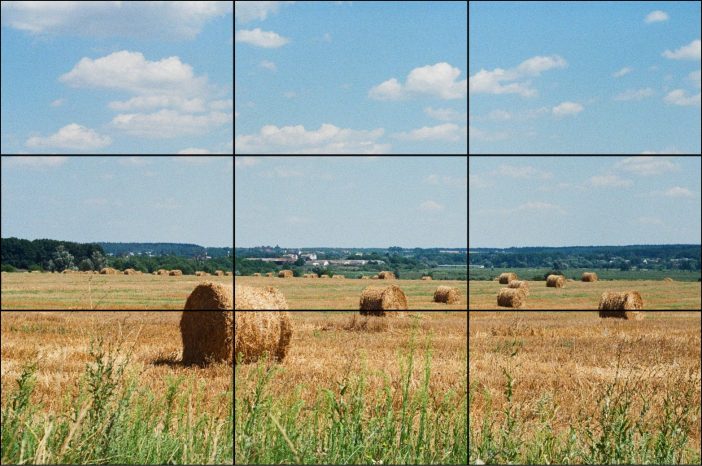
Foreground, midground, and background: by adding layers to your image you can create depth and make the photo more immersive.
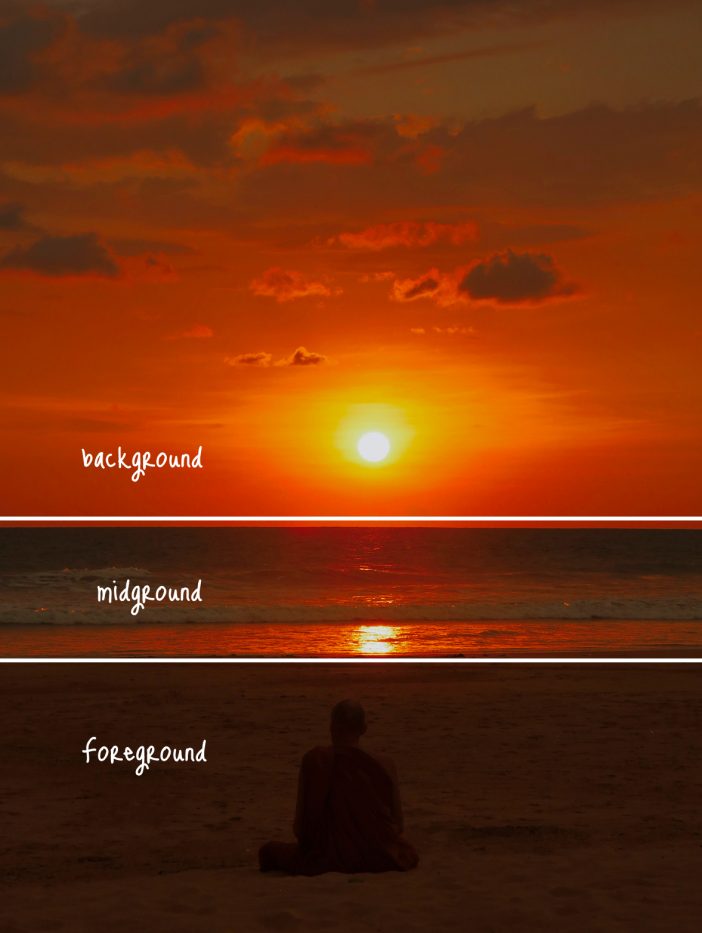
Leading lines: roads, rivers, trees or pathways can guide the viewer’s eye into the scene, making the composition feel more dynamic.
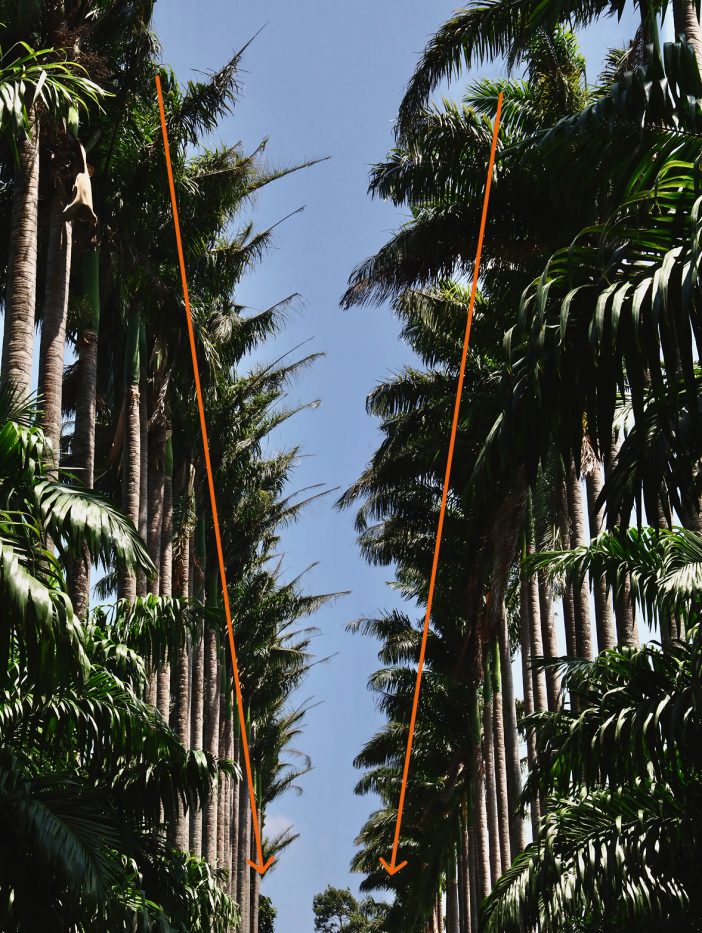
Natural framing: use trees, archways, or rock formations to frame your shot and draw focus to the subject.
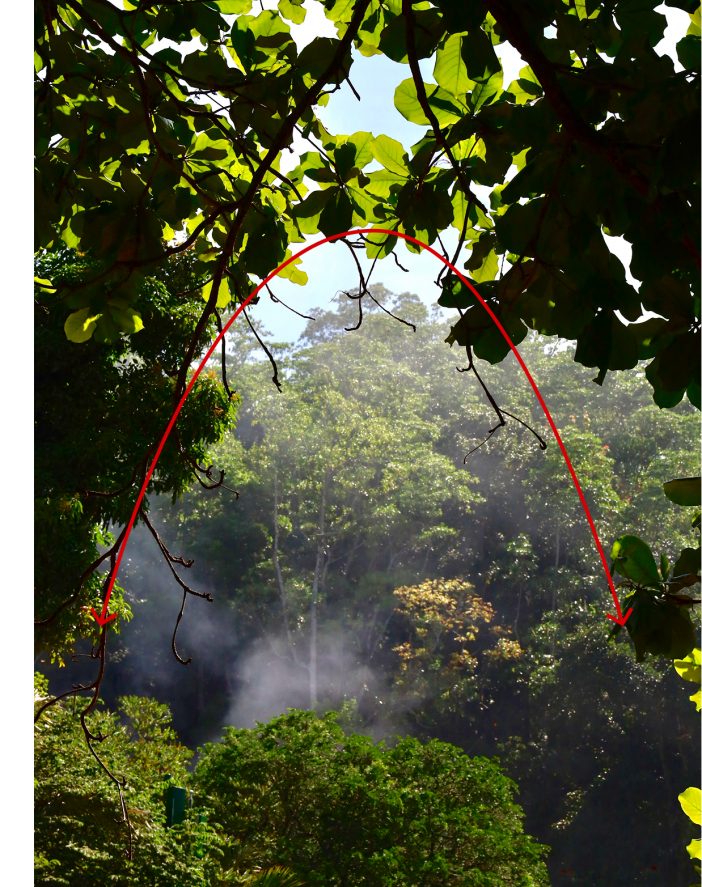
Understanding light: when and how to shoot? 🌙
Lighting is one of the most important factors in photography. The right light can make an ordinary scene look extraordinary. Here’s how to make the most of different lighting conditions:
- Golden hour: shortly after sunrise and before sunset, the light is soft and warm, creating stunning shadows and highlights.
- Midday light challenges: harsh sunlight can create overexposed highlights and deep shadows. Try shooting in shaded areas or adjusting your camera settings.
- Night landscapes: if you want to capture starry skies or city lights, use a tripod and a long exposure setting to allow more light into the camera.
Understanding light will help you create more atmospheric and visually striking landscape images.
Camera settings: made simple 📷
Even if you’re using a smartphone or a basic camera, adjusting a few key settings can dramatically improve your photos. Here is an easy guide for you:
- Aperture (f-stop): For landscapes, use a small aperture (f/8 to f/16) to keep everything sharp and in focus.
- Shutter speed: A slower shutter speed (e.g., 1/10s or longer) can create smooth water or soft clouds, while a fast shutter speed (e.g., 1/500s) is great for capturing motion.
- ISO: Keep your ISO low (100-200) to reduce grain and noise in your images.
If you’re using a phone, try exploring manual mode or photography apps for greater control. Snapseed is a great free option, while Lightroom Mobile (available with a subscription) offers advanced editing and fine-tuned adjustments.
Now that you know the basics of composition, lighting, and camera settings, it’s time to start experimenting! Step outside, explore different locations, and experiment with various conditions to refine your technique. Photography is all about emotion and storytelling – so don’t be afraid to shoot, explore, and get creative!:)
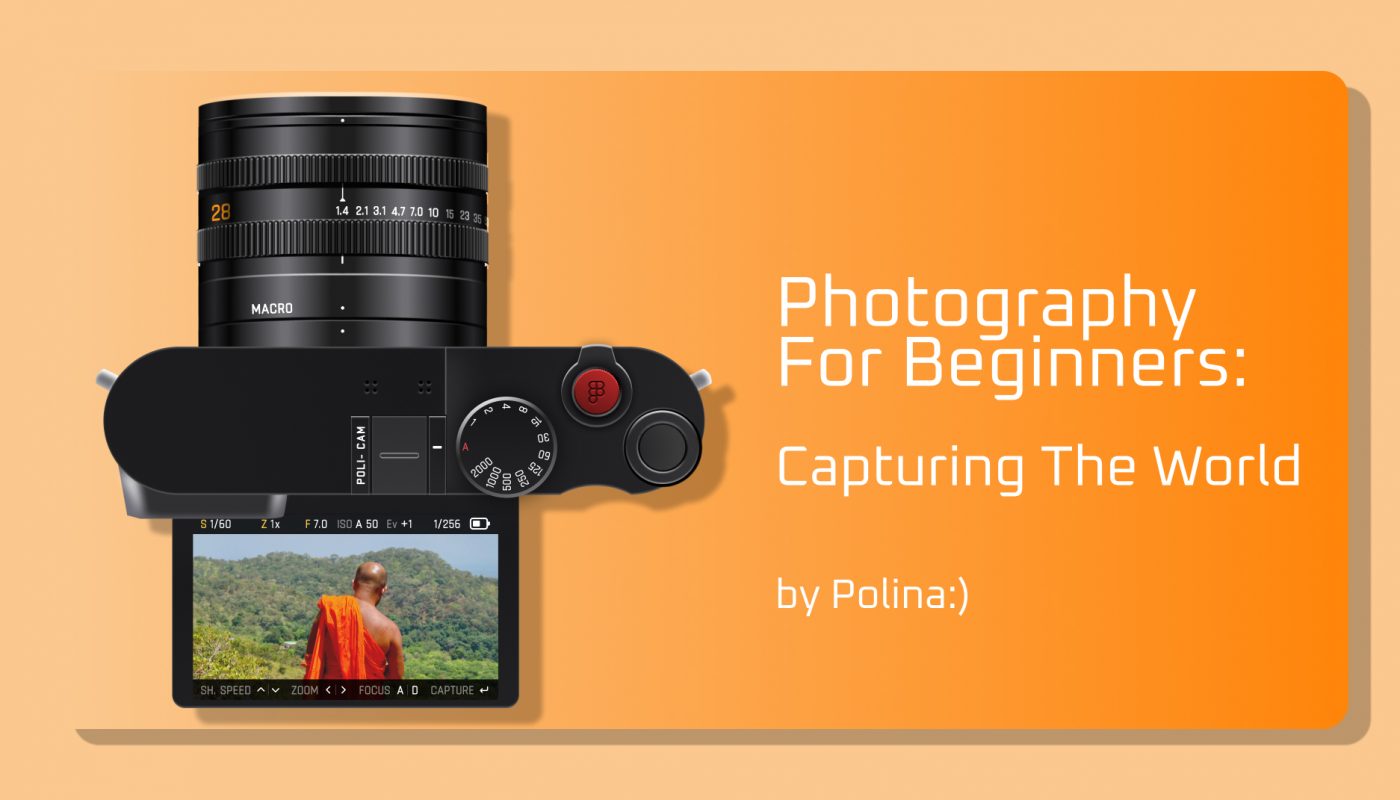

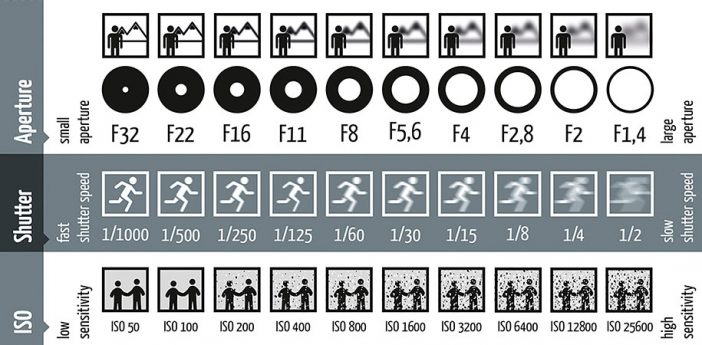



WOW!
thank you!!
Super interesting!
Thank you very much:-)
It’s very interesting ❤️👌
Thank you very much!!! <3
Very interesting! Thank You)
Thank you ☺️
very interesting and useful information!
Thank you so much!!
🤩 it’s interesting!
Thank you very much!!
A fantastic introduction to photography for beginners! It clearly explains essential concepts like composition, lighting, and camera settings in a simple and practical way. The tips on using natural light and framing techniques are especially useful. A great read for anyone starting their photography
Thank you!! I really appreciate your feedback!
Good 👍
Thank you!
Fantastic! Very useful information!
Thanks a lot!
Perfect! Everything is clear!
I am happy you liked it!
very interesting. nice photos
Thanks:)
Class!
Thanks!!
very interesting article, informative
Thanks a lot!!!
Very useful information, thank you
I am very glad!!
After the advice, I will start improving my skills.
I am very glad it helped!
Very useful information!
Thank you!!
Super. Very interesting 👍
I am glad you liked it!
The article “Photography for Beginners: Capturing the World” by Polina, published on March 14, 2025, serves as an insightful guide for novice photographers aiming to enhance their landscape photography skills. Polina emphasizes that while many beginners believe expensive equipment is essential, the fundamentals—composition, lighting, and basic camera settings—play a more pivotal role in capturing stunning images.
In the composition section, the article introduces essential techniques:
Rule of Thirds: Imagining a grid of nine equal parts on your screen and placing key elements along these lines creates a balanced and visually appealing shot.
Foreground, Midground, and Background: Adding layers to your image creates depth and makes the photo more immersive.
Leading Lines: Utilizing roads, rivers, trees, or pathways to guide the viewer’s eye into the scene, making the composition feel more dynamic.
Natural Framing: Using elements like trees, archways, or rock formations to frame your shot and draw focus to the subject.
Regarding lighting, Polina discusses the significance of different lighting conditions:
Golden Hour: Shortly after sunrise and before sunset, the light is soft and warm, creating stunning shadows and highlights.
Midday Light Challenges: Harsh sunlight can create overexposed highlights and deep shadows; shooting in shaded areas or adjusting camera settings can mitigate these issues.
Night Landscapes: Capturing starry skies or city lights requires a tripod and a long exposure setting to allow more light into the camera.
The article also simplifies essential camera settings:
Aperture (f-stop): For landscapes, using a small aperture (f/8 to f/16) keeps everything sharp and in focus.
Shutter Speed: A slower shutter speed (e.g., 1/10s or longer) can create smooth water or soft clouds, while a fast shutter speed (e.g., 1/500s) is great for capturing motion.
ISO: Keeping ISO low (100-200) reduces grain and noise in images.
For smartphone users, Polina recommends exploring manual modes or photography apps like Snapseed and Lightroom Mobile to gain greater control over these settings.
In conclusion, Polina encourages readers to experiment with these techniques, emphasizing that photography is about emotion and storytelling. The article is well-structured, offering clear and practical advice, making it a valuable resource for beginners eager to improve their photography skills.
I am glad you enjoyed my post!
Досить цікава інформація. Буду застосовувати при зйомці.
Дуже дякуююю!!! Мені дуже приємно!
Great job on this article, Polina! Your tips are clear and super helpful.
Thank you very much<3!!
I often take photos of landscapes, so this information is very useful!
Thank you! I am happy to provide an interesting and helpful piece of content!:)
Very well written!
Thank you <3!
Don’t tell anyone…. I had a reflex and I used it in automatic mode 🤣🤣
It’s all good:) your secret is safe haha
Inspiring!! Love the pictures, they make the post very appealing to read 🙂
I am very happy you liked the pictures! Check out my new post!:)
Great tips! I hadn’t considered how foreground and background layers could add so much depth to my photos. I’ll definitely try using more leading lines and natural framing in my next shoot.
Thank you for your feedback!! Feel free to share your results with me! would love to see them<3
Very interesting post Polina! I’m looking forward for a new one
thank you!!!!!<3
Thank you Polina for this article! really interesting!!
Thank you very much!!!
Very informative! Loved it, never tried Snapseed, will give it a try. Thanks!
Definitely try! I am preparing now a post on how to edit photos on your phone!! stay tuned
Interesting Post! I love the pictures. Thanks for sharing valuable insights in terms of photography <3 !!
Thank you very much about your feedback!!!<3<3<3<3<3